Introduction
In the vast realm of culinary arts, the preparation of ingredients often plays a pivotal role in determining the final taste, texture, and nutritional value of a dish. Among the myriad of ingredients that chefs and home cooks alike meticulously prepare, fresh tremella mushrooms, also known as white jelly fungi or snow ear mushrooms, present a unique challenge. These delicate, translucent fungi are renowned for their gelatinous texture and are prized in both traditional Chinese medicine and modern cuisine for their health benefits and unique flavor. One question that frequently arises among culinary enthusiasts is whether fresh tremella mushrooms should be blanched before use. This article aims to delve into the intricacies of tremella mushroom preparation, exploring the pros and cons of blanching, as well as alternative methods of preparation, to provide a comprehensive understanding of this fascinating ingredient.
Understanding Tremella Mushrooms
Before diving into the blanching debate, it is crucial to understand the basic characteristics of tremella mushrooms. Tremella fuciformis, the scientific name for the species commonly consumed, is a type of edible fungus that grows naturally on dead wood or tree bark, particularly in temperate and subtropical regions. Its appearance is distinctive, resembling a cluster of small, white, jelly-like ears, hence its nickname “snow ear mushrooms.” Fresh tremella mushrooms are highly perishable and require careful handling to maintain their delicate texture and fresh flavor.
Nutritionally, tremella mushrooms are a treasure trove of health benefits. They are rich in polysaccharides, particularly a type called tremellan, which has been shown to have immune-boosting and moisturizing properties. Additionally, they contain essential amino acids, vitamins, and minerals, making them a valuable addition to any diet. However, their high water content and gelatinous texture can make them tricky to cook with, leading to questions about the best preparation methods.
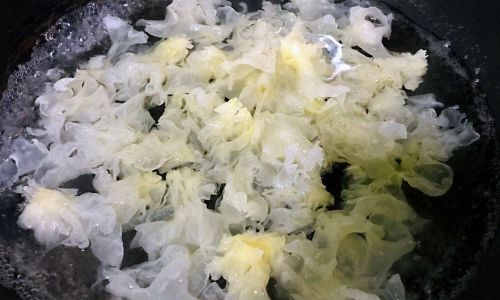
The Blanching Controversy
Blanching is a cooking technique where food is briefly submerged in boiling water or steam and then rapidly cooled, usually in ice water. This process serves several purposes: it can help remove impurities, set the color, soften vegetables, and partially cook ingredients to speed up the final cooking process. When it comes to tremella mushrooms, the debate about blanching revolves around preserving texture, flavor, and nutritional integrity.
Proponents of Blanching
-
Texture Preservation: Supporters of blanching argue that it helps maintain the mushrooms’ delicate texture. By briefly cooking them in boiling water, the mushrooms soften slightly, making them less prone to overcooking and turning into a mushy mess during final preparation. This is particularly important in dishes where the mushrooms are meant to retain a bit of firmness, such as stir-fries or salads.
-
Flavor Enhancement: Blanching can also help to intensify the natural flavors of tremella mushrooms. The rapid heating and cooling process brings out their subtle sweetness and umami, enhancing their appeal in dishes.
-
Nutrient Retention: Although blanching involves cooking, it is a relatively gentle process compared to prolonged cooking methods. By using boiling water and quickly cooling the mushrooms, some nutrients are preserved that might otherwise be lost through longer cooking times.
-
Ease of Handling: Blanching makes tremella mushrooms easier to handle and incorporate into recipes. They become less slippery and easier to slice or chop, facilitating faster and more precise preparation.
Opponents of Blanching
-
Nutrient Loss: Critics of blanching argue that the process, even if brief, can lead to the loss of water-soluble vitamins and minerals. While some nutrients are preserved, others may be leached into the blanching water, reducing the overall nutritional value of the mushrooms.
-
Flavor Diminution: For some, the rapid heating and cooling can actually dull the natural flavors of tremella mushrooms, making them less vibrant and interesting in dishes. The subtle nuances of their taste can be overshadowed by the blanching process.
-
Texture Alteration: While blanching is meant to preserve texture, some argue that it can actually make the mushrooms too soft, losing their characteristic gelatinous bite. This is particularly problematic in dishes where a firmer texture is desired, such as soups or stews where the mushrooms are meant to hold their shape.
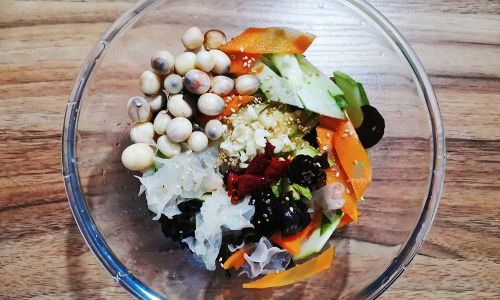
-
Unnecessary Step: For those who prioritize simplicity and speed in the kitchen, blanching can be seen as an unnecessary extra step. With careful cooking techniques, such as gentle stir-frying or steaming, the mushrooms can be cooked to perfection without the need for prior blanching.
Alternative Preparation Methods
Given the divided opinions on blanching, it is worth exploring alternative methods of preparing fresh tremella mushrooms. Here are a few approaches that can yield equally delicious and texturally pleasing results:
-
Gentle Stir-Frying: One of the simplest and most effective ways to cook tremella mushrooms is by gently stir-frying them in a small amount of oil over medium heat. This method allows for precise control over the cooking time and temperature, ensuring that the mushrooms retain their texture and flavor. Adding a splash of soy sauce or a drizzle of sesame oil can enhance their taste without overpowering their natural sweetness.
-
Steaming: Steaming is another gentle cooking method that preserves the delicate texture and flavor of tremella mushrooms. Place the mushrooms in a steamer basket over boiling water and cook for a few minutes until they are tender but still hold their shape. This method is particularly suitable for dishes where the mushrooms are meant to be a featured ingredient, such as in a light and refreshing salad.
-
Soup and Stew Integration: When incorporating tremella mushrooms into soups or stews, there is no need for prior blanching. Simply add the mushrooms to the simmering broth during the final stages of cooking. This allows them to soften and absorb the flavors of the broth without becoming overly mushy. Their gelatinous texture also adds a unique mouthfeel to the dish.
-
Raw Consumption: For those who appreciate the fresh, crisp texture of raw tremella mushrooms, they can be enjoyed as part of a salad or as a garnish. Their translucent appearance and mild flavor make them an attractive addition to dishes that benefit from a light, refreshing touch.
Conclusion
The question of whether fresh tremella mushrooms should be blanched before use is one that lacks a definitive answer. The decision ultimately depends on personal preference, the intended dish, and the desired outcome in terms of texture, flavor, and nutrition. Blanching offers several benefits, including texture preservation, flavor enhancement, and ease of handling, but it also comes with potential drawbacks such as nutrient loss and flavor diminution. Alternatively, gentle stir-frying, steaming, soup integration, and even raw consumption provide viable options for preparing tremella mushrooms that can yield equally satisfying results.
Ultimately, the key to successfully working with tremella mushrooms lies in understanding their unique characteristics and experimenting with different preparation methods to find what best suits your culinary needs and personal taste. Whether you choose to blanch or not, the delicate beauty and nutritional richness of these fascinating fungi make them a welcome addition to any kitchen, offering endless possibilities for creativity and culinary enjoyment.
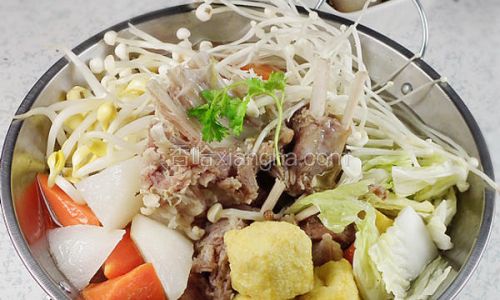
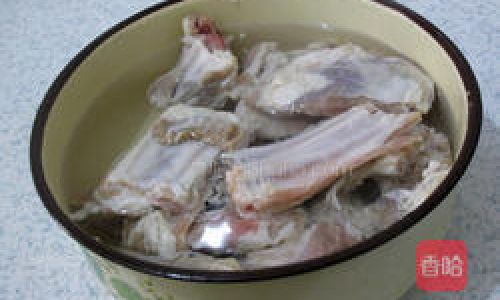
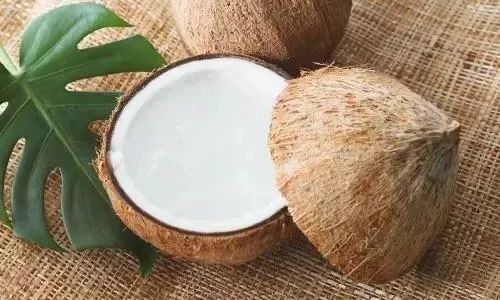

0 comments